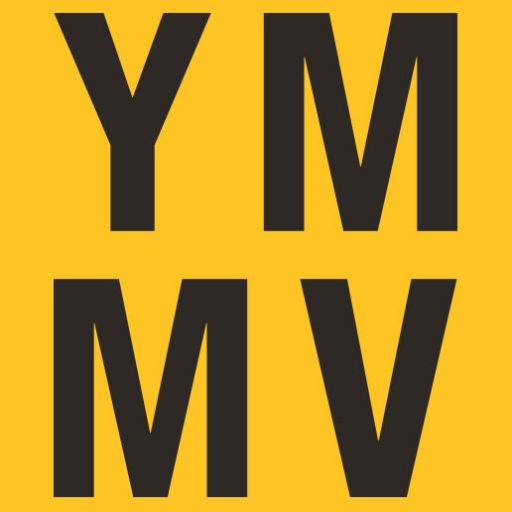In the United States, we still technically have the right to opt out of the government collecting our biometric information. Whether it’s analyzing our face, eyeballs or fingerprints, right now we can still say, “nope” and be checked “the old-fashioned way.”
Here’s what happens if you refuse biometric scans at the TSA kiosk nowadays.
However, what happens in the U.S. is not the same as what happens in other countries. For better or for worse, China requires biometrics for foreigners to enter the country. So do Singapore, the UAE and many other nations.
Effective this fall, perhaps as early as October 12, 2025, you’ll be able to add 29 more countries that will require biometrics when the EU begins its Entry/Exit System (EES) – here’s their official website. At that time, impacted travelers will be required to provide fingerprints or a facial scan to be recorded in a digital file in order to enter a territory using EES. From EES:
European countries using the EES will introduce the system gradually at their external borders. This means that data collection will be gradually introduced at border crossing points with full implementation by 10 April 2026.
Why Is Europe Doing This?
EES is being implemented to strengthen security and to identify people who overstay their allowed time in the region. Americans are permitted within the Schengen zone for only 90 days within a rolling 180-day period; EES will help them keep track of people who stay longer than they should.
What Kind of Data Will Be Collected?
EES plans to collect travelers’ data and store it for roughly three years. The data will include:
- The data that’s listed in your travel document(s) (i.e. your full name, date of birth, etc.)
- Your facial image and fingerprints (biometric data)
- The date and place of each entry and exit
- Whether or not you were refused entry
Can You Refuse?
Americans love their “freedom” and some will probably refuse. Passengers who refuse to provide biometric data will be denied entry into countries that use EES. So probably best not to refuse, IYKWIM.
Will You Still Need a Passport?
Yup.
Will they still stamp my passport?
Nope. EES will replace stamping passports. Womp womp.
Which Countries Are Using EES?
As of this writing, Iceland, Norway, Liechtenstein, Switzerland and 25 of the 27 EU nations (not Cyprus or Ireland) will utilize EES.
Where Will EES Be Used?
Well, airports, obviously. But also cruise ports, the Eurotunnel and train stations.
What about ETIAS?
ETIAS will have its own timeline.
Their ‘European Travel Information and Authorization System’ will be the EU version of an electronic visa waiver. It will require anyone traveling to the Schengen area to submit personal information before their journey, so they can be vetted ahead of time.
Want to comment on this post? Great! Read this first to help ensure it gets approved.
Want to sponsor a post, write something for Your Mileage May Vary, or put ads on our site? Click here for more info.
Like this post? Please share it! We have plenty more just like it and would love it if you decided to hang around and sign up to get emailed notifications of when we post.
Whether you’ve read our articles before or this is the first time you’re stopping by, we’re really glad you’re here and hope you come back to visit again!
This post first appeared on Your Mileage May Vary
Join our mailing list to receive the latest news and updates from our team.

